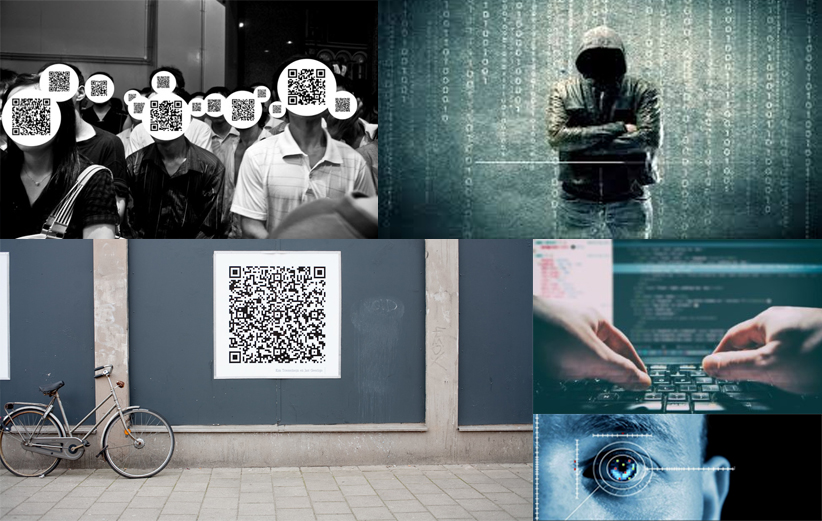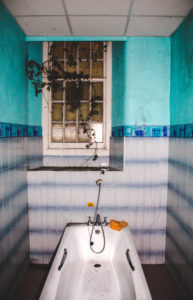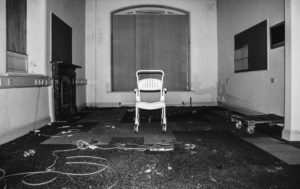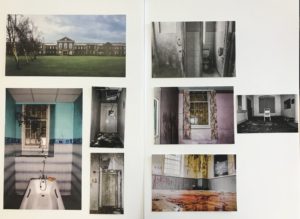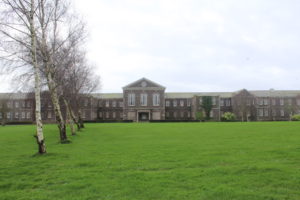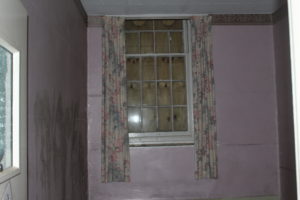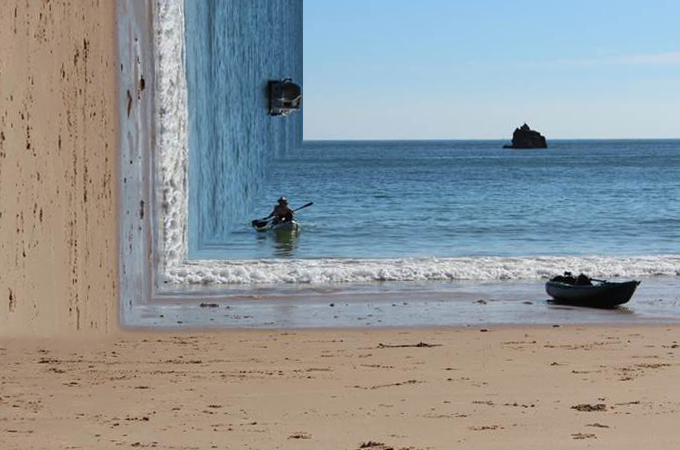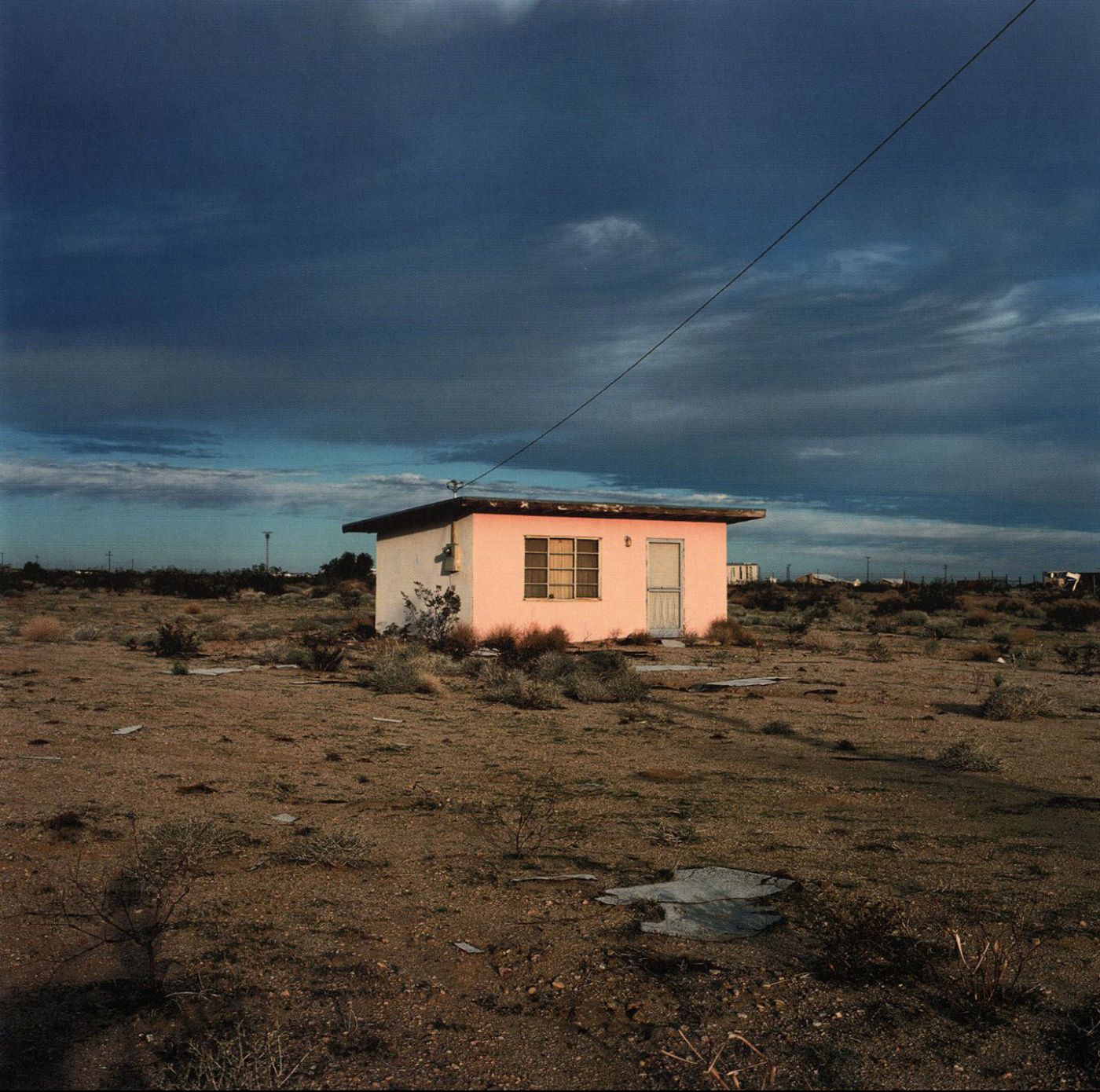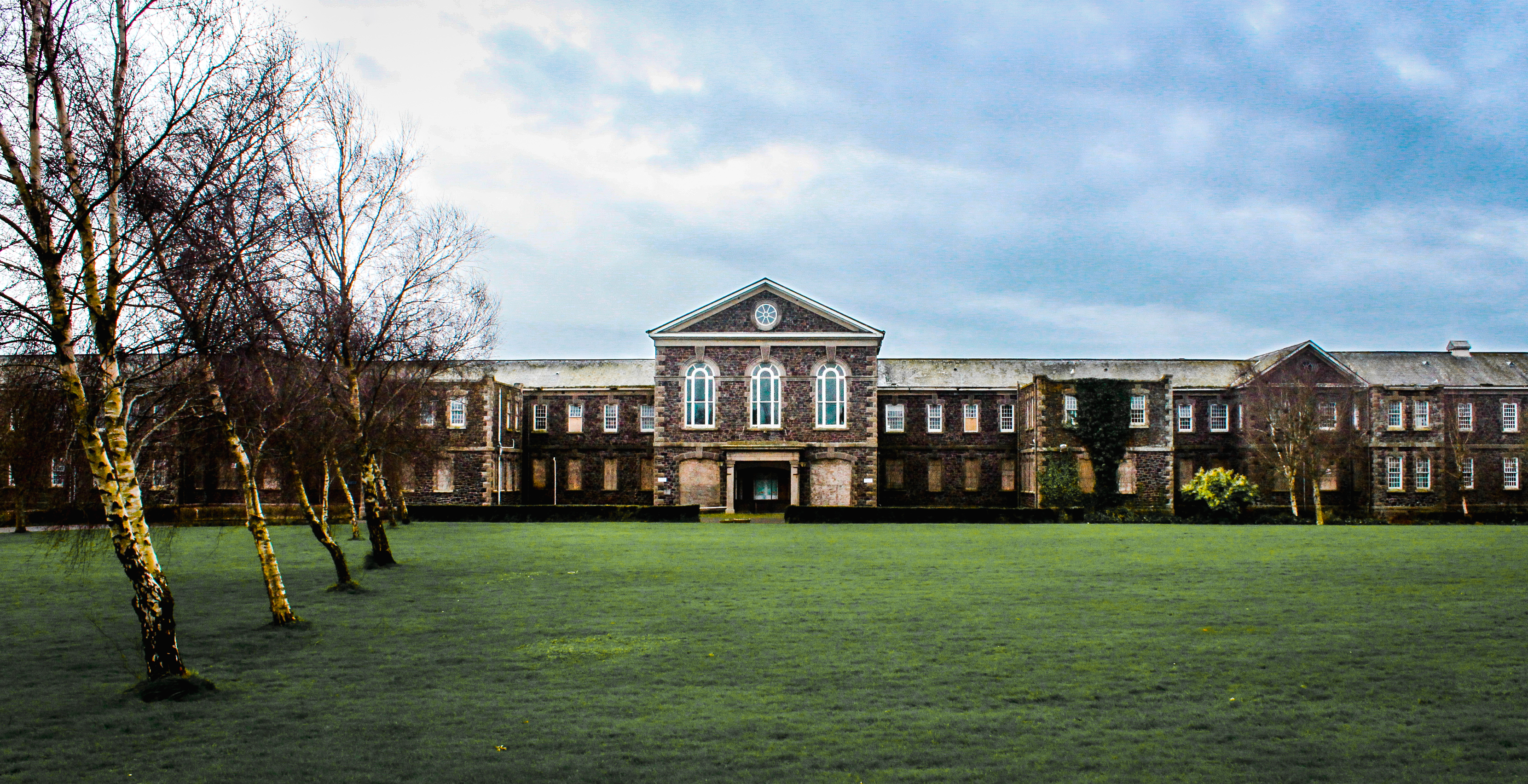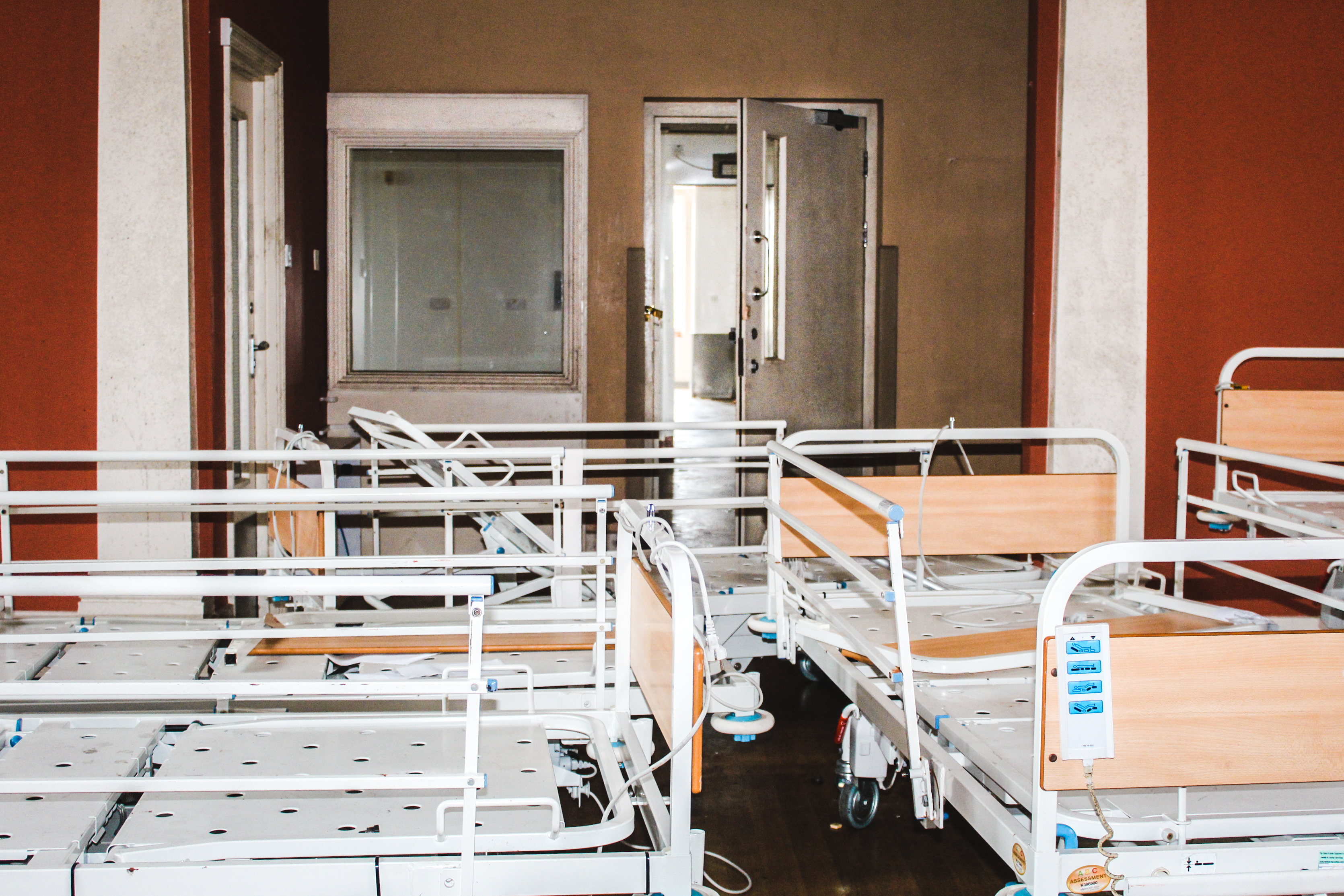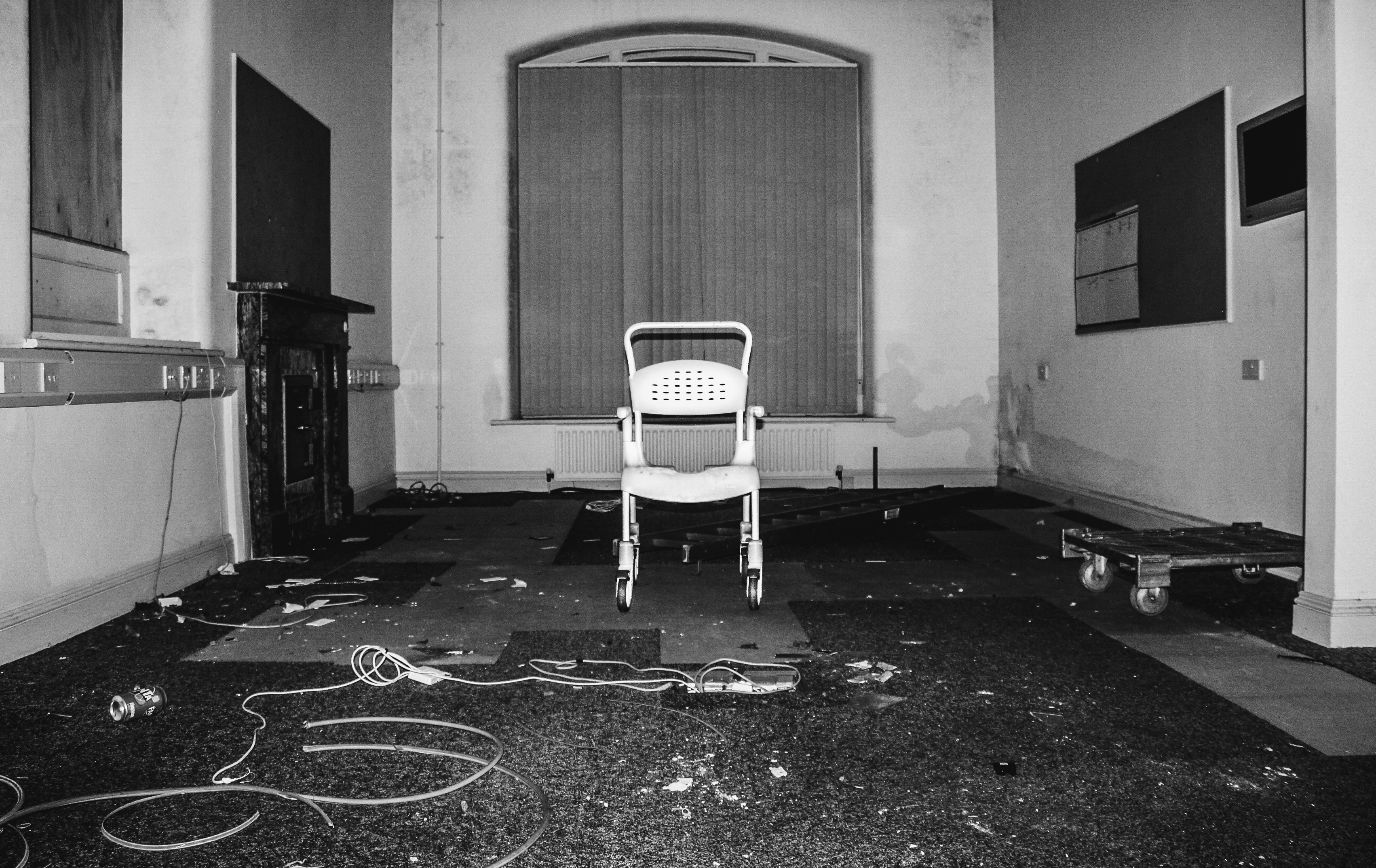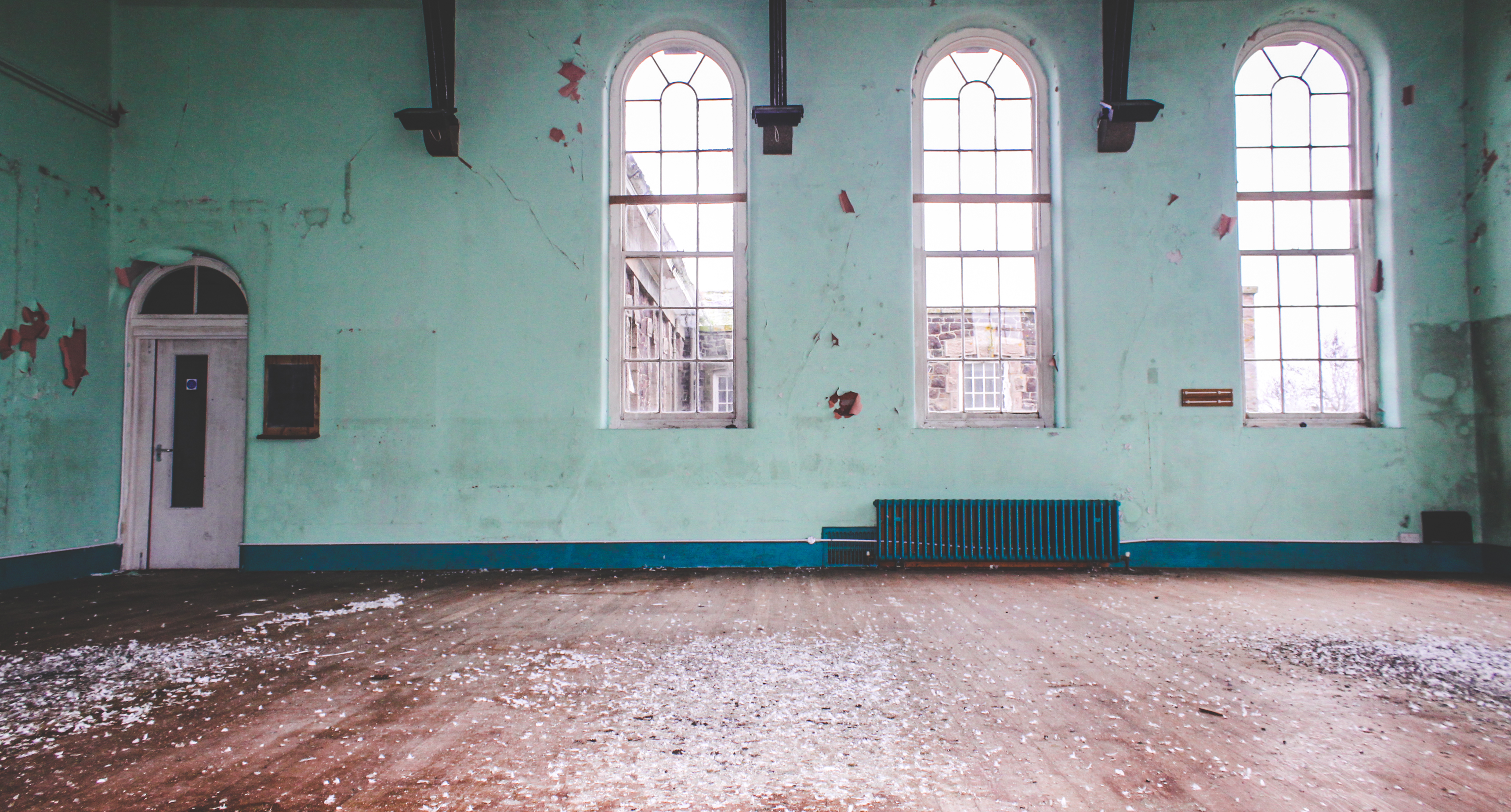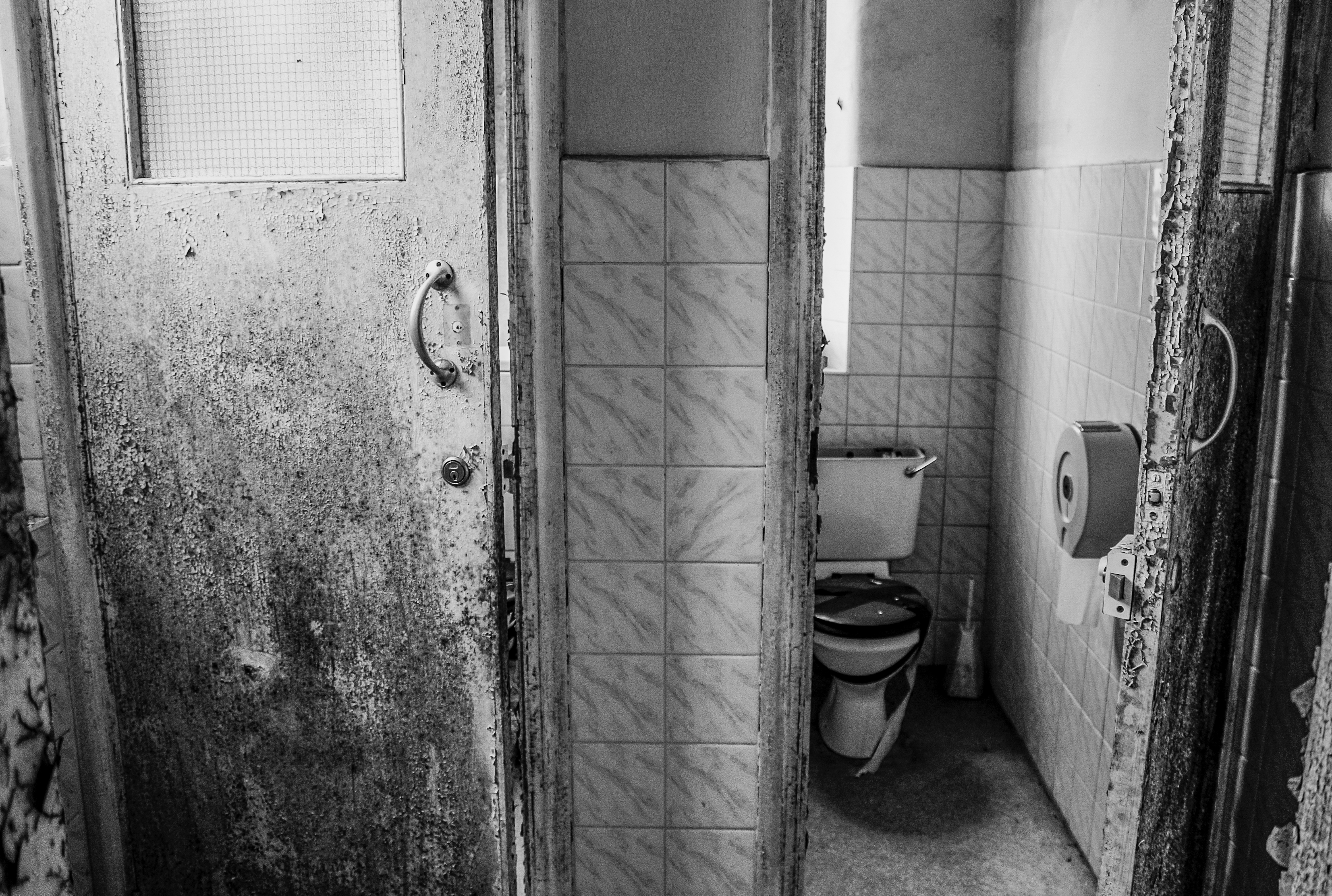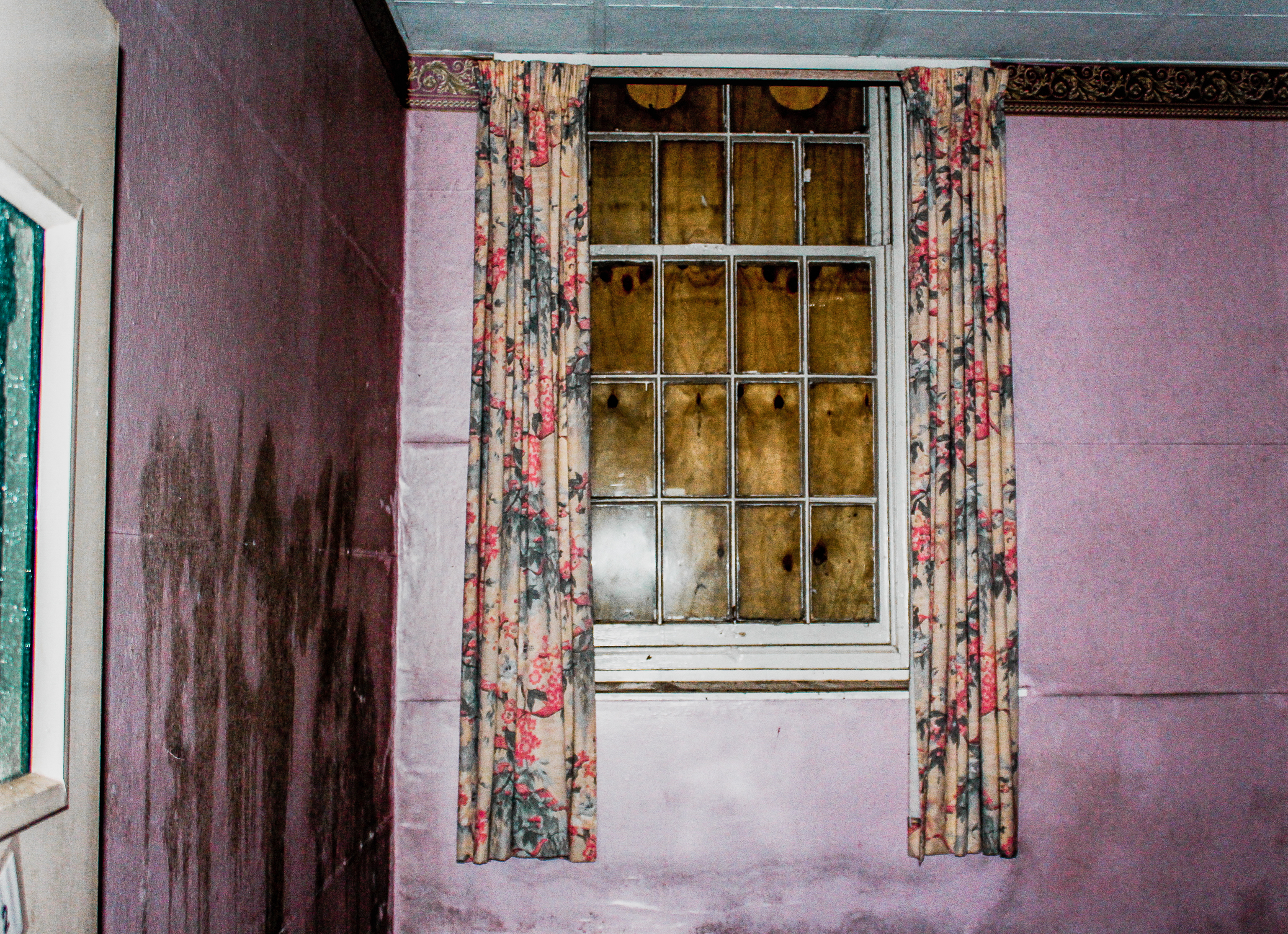Definition – A convention is defined as a way in which something is usually done. It also is said to be an agreement between states covering particular matters, especially one less formal than a treaty.
The idea of conventions within photography can be portrayed in many ways. For example, real life conventions can be photographed like shaking someones hand when greeting them. Or the idea of taking the actual photograph in a certain way could also be a convention of photography.
Synonyms – Practice, norm, tradition, habit, social expectations
Examples – Holding door open, shaking someones hand.
Types Of Conventions – Form, story and genre conventions.
Form conventions are the certain ways we expect types of codes to be arranged. For instance an audience expects to have a title of the film at the beginning and then credits at the end.
Story conventions are common narrative structures and understandings that are common in story telling media products.
Genre conventions point to the common use of tropes, characters, settings or themes in a particular type of medium. Genre conventions are closely linked with audience expectations. Genre conventions can be formal or thematic.

This mood board depicts the standardized conventional photography in the way it shows every day expectations and portrays a sense of normality. I believe that it could be more interesting to focus in on defying the conventions of photography or possibly photographing things which go against the expected conventions.

